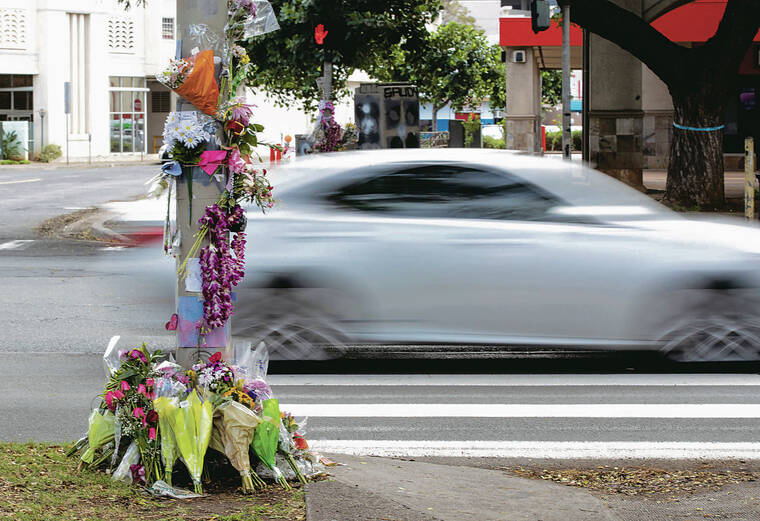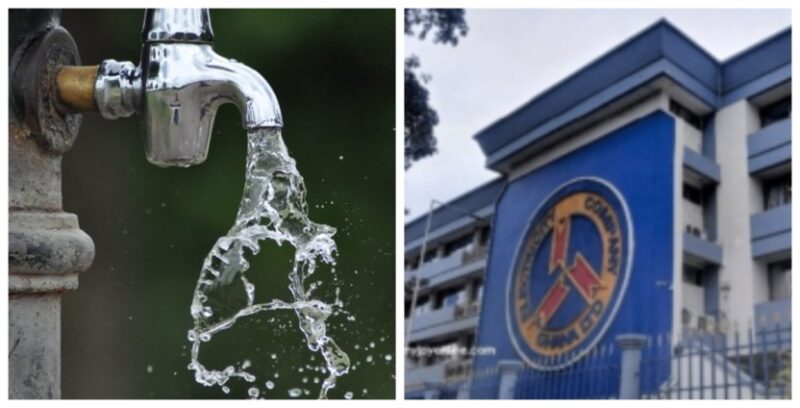By None
Copyright staradvertiser

The victims are mothers, fathers, wives, husbands, daughters, sons and, recently, a troubling number of children. Since the advent of automotive travel, thousands have perished on Hawaii’s roads — historical statistics bear this out. Many traffic deaths — some might argue a vast majority — are preventable and all should be considered unacceptable, so more must be done to reduce collisions, limit fatalities and protect the vulnerable. Sadly, progress toward that goal is too slow.
Without delving into city planning and the associated mechanisms that underpin motor transportation in modern society, vehicles and the roads on which they travel are a necessary part of life — dying while taking advantage of such convenience is not. It certainly must not for keiki, who are increasingly riding e-bikes, and increasingly involved in deadly collisions.
Data compiled by the state Department of Transportation shows a slight downward trend in overall fatalities across the past 20 years, back to 2005 when 140 people perished on Hawaii roads. Motor vehicle deaths, including those who were passengers, hit a peak of 94 statewide in 2006, but has held below 50 per year since 2018.
Motorcycles, mopeds and scooters are broken out into a separate category and fatalities have remained relatively steady in the mid-20s to mid-30s over the past two decades. Pedestrian deaths, too, are somewhat stable at roughly the same rate as two-wheeled modes of transport, with two outlier years in 2017 and 2018, when a respective 15 and 44 people died.
As might be expected, Honolulu and Hawaii County lead in motor vehicle occupant deaths, but it is Honolulu that routinely registers the highest number of pedestrian and two-wheeled fatalities.
In 2017, 27 pedestrians on Oahu perished, three times as many as next closest Hawaii and Maui counties. Four years later, 21 motorcycle and scooter operators died in Honolulu, 3.5 times the total of Hawaii, Maui and Kauai counties combined. That trend continues, and as of Sept. 8, 23 riders died on Oahu, more than any year going back to at least 2003. Complete Honolulu fatalities as of Sept. 1: 15 motor vehicle, 15 pedestrian, three bicyclist and three “other non-occupant.” And the year is far from over.
What, then, is the Legislature, DOT, police and other stakeholders doing to prevent these unnecessary deaths?
For starters, new enforcement technology is being deployed in automated speed cameras and speed humps, while agencies are engaging in public awareness such as the Honolulu Police Department’s recent “Safer Roads, Together” campaign. But, as this year’s traffic statistics suggest, immediate action is needed — more officers on patrol to enforce existing traffic laws and fewer waving signs.
Act 222, for example, which was sponsored by state Sen. Stanley Chang and signed into law in June, is a step forward and requires all moped riders in Hawaii to wear a helmet, regardless of age. Regulations governing e-bike use are also evolving — rapidly, to lawmakers’ credit — and DOT is mulling an expansion of its speed camera network.
The state could take a cue from the Federal Highway Administration’s Zero Deaths campaign, itself based on a Sweden’s “Vision Zero” initiative to draw down traffic fatalities. At the heart of Zero Deaths is the Safe System approach, which holds: “deaths and serious injuries are unacceptable, humans make mistakes, humans are vulnerable, responsibility is shared, safety is proactive, and redundancy is crucial.” By anticipating and accounting for human error through risk-averse road design and management, inevitable mistakes and crashes have less of an impact on road-goers. DOT is dabbling in a Safe System of its own with speed humps and new pedestrian islands, but efforts end there.
Ultimately, though, it falls to the citizenry to take care of themselves and each other. Safer streets mean drivers, riders and pedestrians must understand their respective responsibilities, adhere to the rules of the road, stay alert and, if needed, act defensively. Lives are at stake.



